Start Your Fitness Journey: Beginner’s Weight Training Guide
Kickstart your fitness journey with our Beginner’s Weight Training Guide. Discover tips and routines for a strong, healthy you today!
Benefits of Weight Training
Improved Muscle Strength
Weight training is one of the most effective ways to enhance muscle strength. By engaging in regular resistance exercises, beginners can increase their muscle mass and overall strength.
This improvement not only aids in daily activities but also enhances athletic performance. As muscles grow stronger, they become more efficient at utilizing energy, which can lead to better endurance and stamina.
Enhanced Metabolic Rate
Engaging in weight training can significantly boost your metabolic rate.
This is because muscle tissue burns more calories than fat tissue, even at rest. For beginners, this means that as you build more muscle, your body becomes more efficient at burning calories throughout the day.
This can be particularly beneficial for those looking to manage their weight or enhance their body composition.
Bone Health and Density
Weight training plays a crucial role in improving bone health. It stimulates bone growth and increases bone density, which is vital for preventing osteoporosis and fractures.
For beginners, incorporating weight-bearing exercises into their routine can lead to stronger bones and a reduced risk of bone-related issues in the future.
Mental Health Benefits
Beyond physical advantages, weight training offers significant mental health benefits. Regular exercise, including weight training, is known to reduce symptoms of anxiety and depression.
It also promotes the release of endorphins, which are natural mood lifters. For beginners, establishing a weight training routine can lead to improved mental well-being and a greater sense of accomplishment.
Improved Posture and Balance
Weight training helps in developing core strength, which is essential for maintaining good posture and balance.
By targeting specific muscle groups, beginners can correct postural imbalances and enhance their stability. This is particularly beneficial in reducing the risk of falls and injuries, especially as one ages.
Essential Equipment for Beginners
Dumbbells
Dumbbells are a versatile piece of equipment that can be used for a wide range of exercises targeting different muscle groups.
They are perfect for beginners because they allow for a variety of movements and can be adjusted to different weights as you progress. Starting with a light set of dumbbells, such as 5 to 10 pounds, is ideal for learning proper form and technique.
Resistance Bands
Resistance bands are a cost-effective and portable option for strength training.
They come in various resistance levels, making them suitable for all fitness levels. Beginners can use them to perform exercises that mimic those done with free weights, helping to build strength and improve flexibility.
Additionally, resistance bands are excellent for warming up muscles before a workout.
Stability Ball
A stability ball, also known as a Swiss ball, is an excellent tool for improving core strength and balance. It can be used for exercises like crunches, planks, and bridges, adding an element of instability that engages more muscles.
For beginners, a stability ball can also serve as a supportive surface for performing other exercises safely.
Yoga Mat
A yoga mat provides a comfortable and non-slip surface for floor exercises and stretching routines. It is essential for maintaining proper form and preventing injuries during workouts.
Beginners will find a yoga mat useful not only for weight training but also for post-workout stretching sessions to enhance flexibility and aid recovery.
Kettlebells
Kettlebells are another versatile piece of equipment that can be used for a variety of exercises, including swings, squats, and presses. They help improve cardiovascular fitness, strength, and endurance.
Beginners should start with a lighter kettlebell to master the basic movements and gradually increase the weight as they become more confident and skilled.
Adjustable Bench
An adjustable bench is a valuable addition to any beginner’s home gym. It allows for a wide range of exercises, including bench presses, step-ups, and seated curls.
The ability to adjust the bench to different angles provides versatility in workouts and helps target different muscle groups effectively.
Basic Weight Training Techniques
Proper Form and Posture
Maintaining proper form and posture is crucial to prevent injuries and maximize the effectiveness of your workouts. Always start with a neutral spine, keeping your back straight and shoulders relaxed.
Engage your core muscles to provide stability and support during exercises. When lifting weights, ensure your movements are controlled and deliberate, avoiding any jerky or sudden motions.
Breathing Techniques
Correct breathing techniques can significantly enhance your weight training performance.
Inhale deeply before beginning a lift, and exhale as you exert force, such as when lifting the weight upward. This method helps stabilize your core and provides the necessary oxygen to your muscles, enhancing endurance and strength.
Progressive Overload
Progressive overload is a fundamental principle in weight training that involves gradually increasing the weight, frequency, or number of repetitions in your workout routine.
This technique encourages muscle growth and strength gains over time. Start with manageable weights and focus on perfecting your form before gradually increasing the load.
Track your progress to ensure consistent improvement.
Rest and Recovery
Allowing adequate rest and recovery time is essential for muscle repair and growth. Ensure you get enough sleep and incorporate rest days into your training schedule.
This downtime helps prevent overtraining and reduces the risk of injury. Listen to your body and adjust your routine if you experience excessive fatigue or soreness.
Warm-Up and Cool-Down
A proper warm-up prepares your muscles for the demands of weight training, reducing the risk of injury.
Begin with light cardio exercises followed by dynamic stretches to increase blood flow and flexibility. After your workout, perform a cool-down routine that includes static stretches to help relax your muscles and improve recovery.
Creating a Beginner’s Workout Plan
Understanding Your Goals
Before diving into weight training, it’s crucial to identify your fitness goals.
Are you aiming to build muscle, increase strength, or improve overall fitness? Understanding your objectives will help tailor your workout plan to meet your specific needs.
For beginners, a balanced approach focusing on all these aspects is often recommended.
Choosing the Right Exercises
Selecting the appropriate exercises is fundamental in crafting an effective workout plan. Beginners should focus on compound movements that work multiple muscle groups simultaneously.
Exercises such as squats, deadlifts, bench presses, and rows are excellent choices. These movements not only build strength but also improve coordination and balance.
Determining Frequency and Duration
For beginners, it’s advisable to start with two to three weight training sessions per week.
This frequency allows adequate recovery time while still promoting muscle growth and adaptation. Each session should last around 45 minutes to an hour, ensuring a comprehensive workout without overtraining.
Structuring Your Workout
A well-structured workout plan should include a warm-up, the main exercise routine, and a cool-down.
Begin with 5-10 minutes of light cardio or dynamic stretching to prepare your muscles. Follow this with your main exercises, focusing on form and technique.
Conclude with stretching to enhance flexibility and aid recovery.
Progression and Adaptation
As you become more comfortable with your workout routine, it’s important to gradually increase the intensity. This can be achieved by adding more weight, increasing repetitions, or incorporating new exercises.
Progressive overload is key to continuous improvement and avoiding plateaus.
Listening to Your Body
Pay attention to how your body responds to your workout plan. It’s normal to experience some muscle soreness, but persistent pain or discomfort should not be ignored.
Rest and recovery are essential components of any fitness regimen, allowing your muscles to repair and grow stronger.
FAQ
Q1: How often should beginners engage in weight training to see results without overtraining?
A1: Beginners should aim to engage in weight training sessions about 2 to 3 times per week. This frequency allows for adequate muscle recovery and adaptation, which are crucial for building strength and preventing injury. Each session should focus on different muscle groups to ensure balanced development and sufficient recovery time. As your body adapts, you can gradually increase the frequency and intensity of your workouts.
Q2: Is muscle soreness normal for beginners, and how can it be managed?
A2: Yes, muscle soreness, often referred to as delayed onset muscle soreness (DOMS), is common among beginners and typically occurs 24 to 48 hours after a workout. It is a normal response to new physical activity and indicates that your muscles are adapting and growing stronger. To manage soreness, ensure proper warm-up and cool-down routines, stay hydrated, and incorporate stretching or light activity on rest days. Over-the-counter pain relief or topical treatments can also be used if soreness is particularly uncomfortable.
Q3: How can advanced weight trainers overcome a plateau in their fitness progress?
A3: Advanced weight trainers can overcome plateaus by incorporating several strategies into their routine. First, consider varying your workout by changing exercises, increasing weights, or altering sets and reps to challenge your muscles differently. Additionally, focus on nutrition and ensure you’re consuming enough protein and calories to support muscle growth. Finally, prioritize recovery by getting adequate sleep, managing stress, and possibly incorporating active recovery or deload weeks to allow your body to recuperate fully. Periodically reassessing and adjusting your goals can also provide new motivation and direction.
Takeaway
“Ready to crush your fitness goals and unleash your inner warrior? Start your new workout challenge today and transform your body and mind! Download our FREE training plan to kickstart your journey towards a stronger, healthier you. Join our vibrant fitness community for endless support, motivation, and inspiration. Let’s sweat, smile, and succeed together! Are you in? Click below to get started now!”
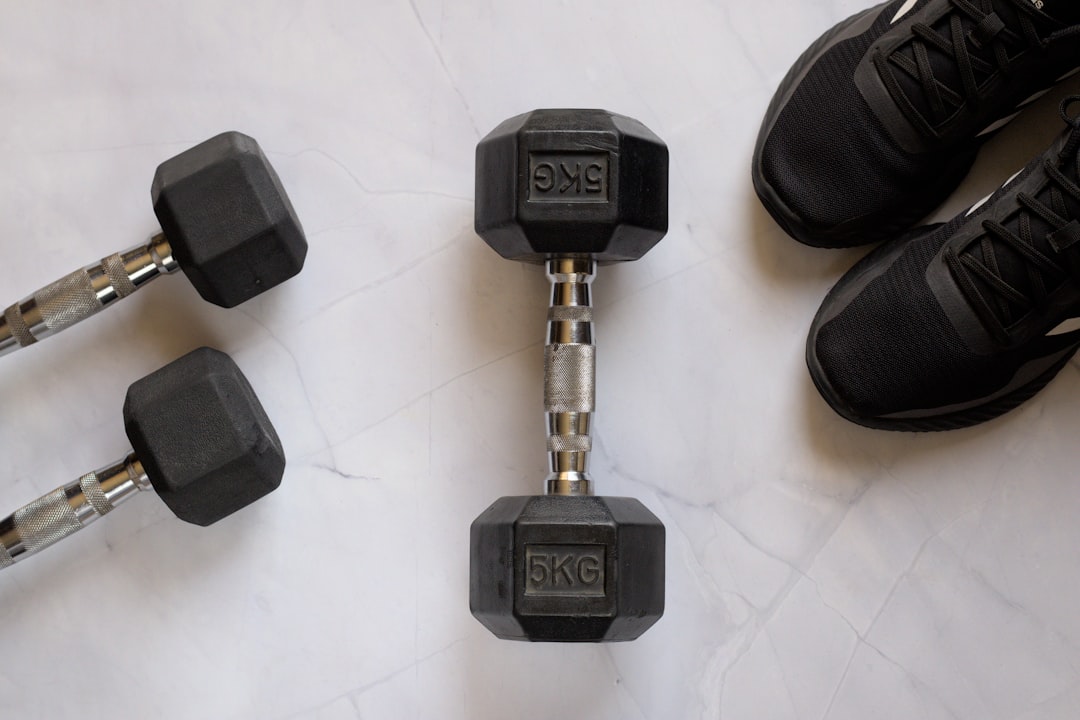
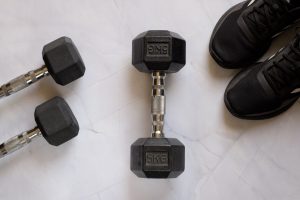

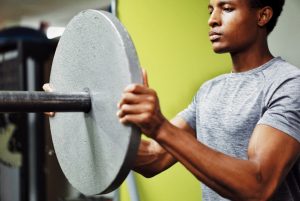
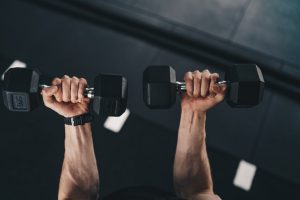
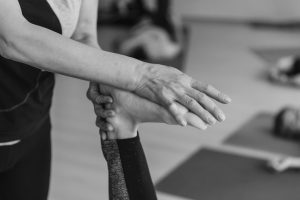

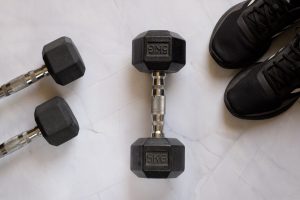
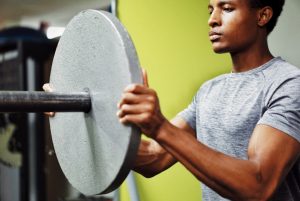

Comments